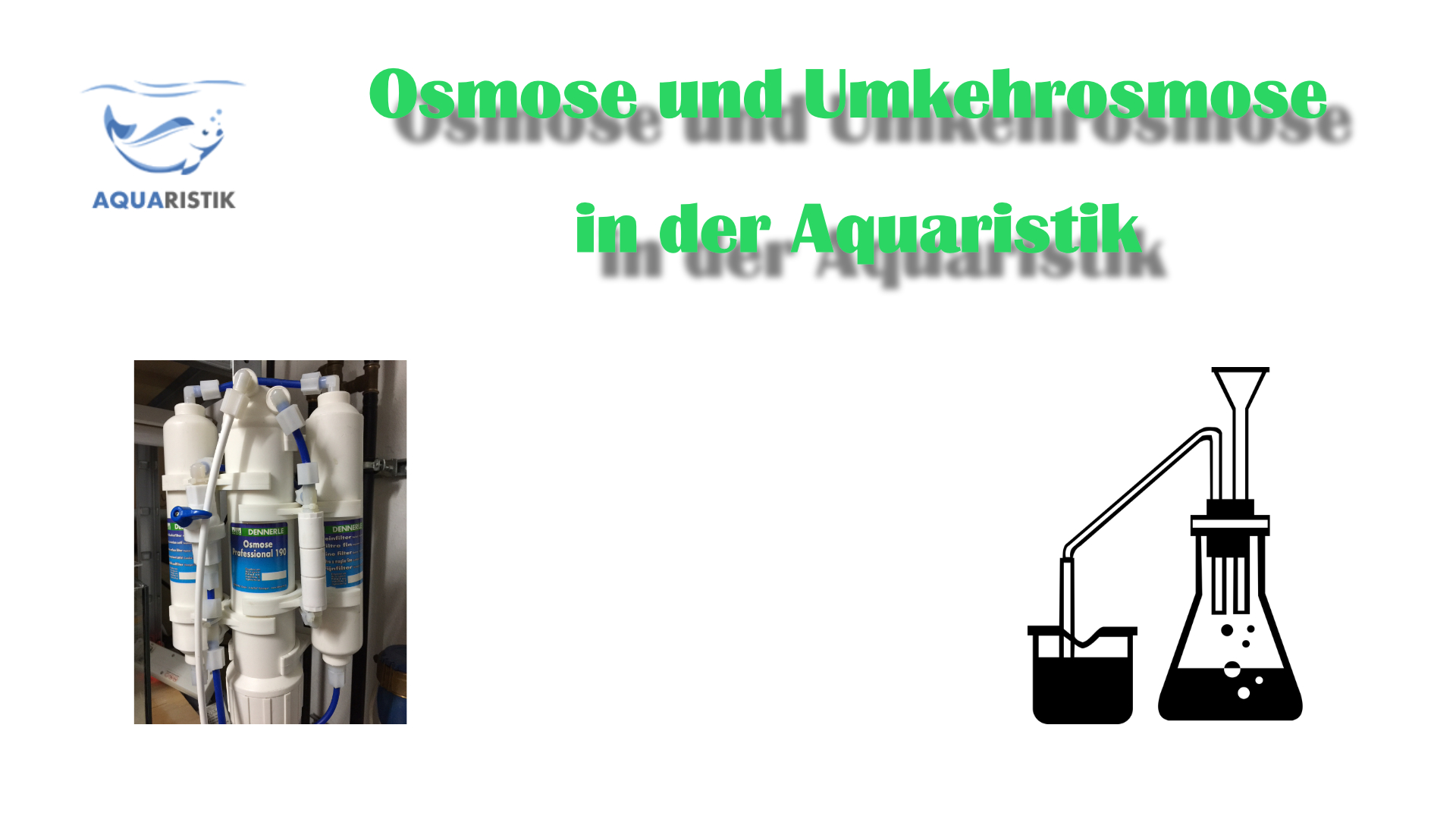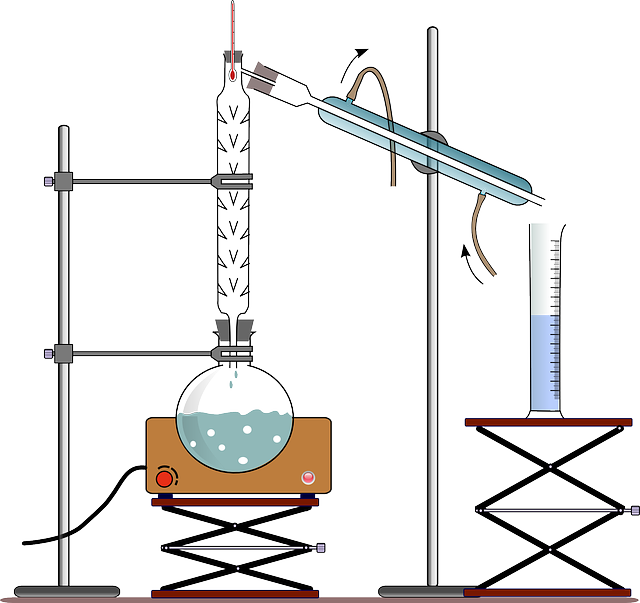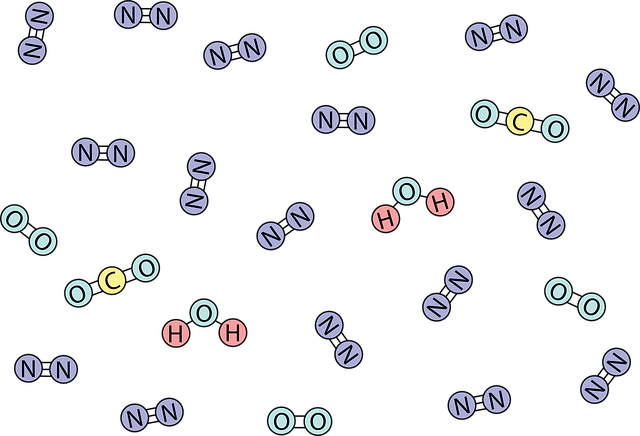Osmosis / reverse osmosis yes or no?: Today we will look at osmosis, or rather reverse osmosis. In addition to the functional principle, we also go into the difference between reverse osmosis and osmosis. For many, these terms cannot be clearly separated. Of course we will show you when an osmosis or reverse osmosis system can make sense and what these costs are.

What is the difference between osmosis and reverse osmosis or what is osmosis anyway?
Let's start with osmosis and what it means. We want to show this process in a simplified way. Easy and Understandable. Basically, it is about balancing through a semi-permeable (semi-permeable) membrane. A membrane acts here as a sieve. Basically, it always lets water through, but not other molecules such as salts or sugar. In osmosis, this separation of liquids takes place in the same molecular ratio.
Example: If there is a liquid with a 10 percent salinity on one side of the membrane and a liquid with a 20 percent salinity on the other side, then this balance will continue until both sides have the same salinity. The liquid molecules exchange here through the osmotic pressure until an equilibrium is reached. Another way of saying this is that there is more water and particles on one side of the membrane than on the other side and these balance each other out until the same level prevails on both sides. This is also called the molecule change. This change takes place until the contaminated side has adapted to the other side. The osmosis.
Imagine this membrane as a fine filter. Certain sizes of salt molecules will still move through this filter due to the pressure. The osmotic process uses a physical method to compensate.
Our body cells also function according to this osmotic process. Here, too, the metabolic processes are adjusted according to the principle of osmosis.
If you need more information about this, you can also find it on Wikipedia in a scientific review of osmosis.

What is osmosis water?
Let's now come to the osmosis water that you read about again and again in aquaristics. Basically, this is water that was created by reverse osmosis. So in order to know what osmosis water is, we must first explain reverse osmosis.
Nevertheless, the following can already be said here. Osmosis water is free of phosphate, heavy metals and nitrite as well as pesticides Silicate will not get an osmosis system out of the water. The water will also change significantly in terms of hardness and conductivity in micro Siemens. Values can be achieved here which are practically almost zero and then even have to be hardened again by adding salts.
What is reverse osmosis?
As already described above, the result of reverse osmosis is osmosis water or also called pure / clean water. This is achieved quite simply by having the pressure on one side of the membrane be higher than that on the other side. This pressure difference ensures that the polluted, i.e. not pure, water only settles in one direction of the membrane. Thus one speaks here of a reverse osmosis. The aim is to produce pure water, the so-called osmosis water.
Of course only after this system the membrane would get dirty very quickly and not even the pure water would make it to the other side. The polluted solution in front of the membrane continues to rise and brings the system to a standstill. Therefore, in an osmosis system, the side of the pollution is derived and discharged. Ultimately, the concentrated wastewater, which contains a particularly large number of molecules, ends up in the drain.
The higher the pressure from the water line, the better the system works. At a pressure of 5 bar, the water is demineralized much better than at a pressure of 3 bar. Osmosis will no longer occur below 3 bar, since the pressure is too low, so that the membrane can no longer work.
The function and structure of a reverse osmosis system
As already described above, this is basically how the reverse osmosis system works. The tap water is connected on one side and, with the necessary pressure of more than 3 bar, ensures that the separation of pure and impure water can take place through the semi-permeable membrane. Another hose lets the dirty waste water drain away and the clean water comes out of the other hose. This is then completely desalinated. With good osmosis systems, it is even possible to carry out a time-controlled flushing of the membrane. This keeps it free of deposits and thus lasts quite a long time. Other systems have to be flushed manually. For this purpose, a tap is usually installed which, depending on the water hardness, has to be opened at certain intervals in order to flush the membrane. This can be up to 15 minutes after each operation, or only every two weeks if the initial water is already soft.
Another feature of an osmosis system is the ratio between the discharged dirty water and the pure osmosis water. The larger this ratio, the better. A ratio of 1:1 is usually very ineffective and will not produce osmosis water. Ratios of 4:1 should be achieved here. Not every osmosis system works the same here.
In front of the membrane of an osmosis system there is usually also a pre-filter and an activated carbon filter. These also only have a limited shelf life and must be replaced at certain intervals. Here you should follow the recommendation of the respective manufacturer.

Differences between osmosis systems
Anyone who has already dealt with an osmosis system will quickly notice certain price differences. You can find out how these come about and what you should pay attention to here.
In addition to the flushing function, the throughput is usually also decisive, i.e. how much osmosis water can be produced within an hour or a day. In addition, the performance of an osmosis system also shows the degree to which the water can be cleaned. In most cases, 95 percent osmosis water is assumed for retention. In addition, it is also crucial how sparingly the reverse osmosis system deals with the derived water. In the meantime, there are systems that get by with a ratio of 1:1.5. In most cases, very good systems also have additional pumps installed, which ensure a balanced pressure. The automatic rinsing is also already installed in high-quality devices.
The filter stages of the system are also decisive. Cheap ones usually only have two filter stages, whereas expensive devices use more filter stages here. Be it sediment filters which remove large parts such as sand, rust, chlorine or lime, or activated carbon blockers. There are also Aquaphor filters. These also manage to filter benzone, phenol, pesticides and heavy metals from the water. All of these filters also determine the durability of the membrane, because this too should be replaced from time to time. The durability is decided here based on the amount of water and the pre-filtration. Even the water temperature is decisive. The colder the water, the better the function and effectiveness of a reverse osmosis system.
Let's summarize the criteria you should consider when buying:
- Amount of water of the osmosis water per day or hour V
- ratio between drained water and osmosis water
- Automatic flushing or mechanical flushing
- Type and number of filters
- cost and price of the facility
- How many liters of reverse osmosis water do you need per day
- Cost of replacement filters and replacement membrane
- The degree of sterilization / desalination tells how many pollutants are removed from the tap water
- Do you have enough pressure from the water line?
- If an additional pressure pump is required
Why do I need osmosis water in the aquarium?
You should be able to answer this question yourself. Let's look at them Requirements of the individual ornamental fish, then you quickly realize that some species, especially South American species or shrimp, need soft and rather acidic water. However, most of the time this water will not come from the tap and therefore we have to treat this water accordingly so that the animals have the optimal habitat. The osmosis water is perfect for this.
Why is reverse osmosis water good for us humans?
Not only our fish use osmosis water today and therefore reverse osmosis systems are also used in many households today. Here, too, the reasons are obvious. More than 10.000 substances can be dissolved in our tap water today and most of them are anything but healthy. Spring and glacier water, on the other hand, are much purer. It can therefore also make sense to influence this water accordingly with an osmosis system. However, there are not only decisive advantages for us humans and the consumption of water, but also in everyday life. Just think of the many limescale stains that can be avoided in this way. The many household appliances are also happy about lime-free water. Coffee machines, kettles, irons and humidifiers are happy about osmosis water.
Of course, osmosis water can also be used as drinking water. It also seems to allow the spices to taste more intense when cooking. We ourselves have already noticed that filtered water tastes much better, especially with coffee.
Above all, however, the aquarium fish are happy about osmosis water!
Ask your questions in our forum



